Crafting Custom Dormer Designs: Slate, Metal, or Clay for Premium Finishes
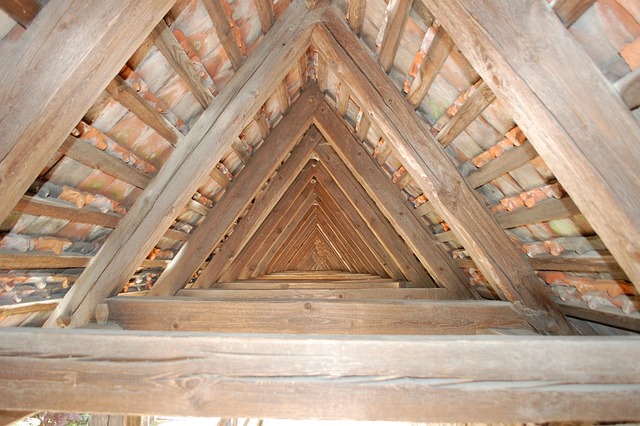
Premium finishes like slate, metal, and clay significantly enhance the appearance and durability of…….
Introduction
Custom roof designs represent a fusion of art, architecture, and engineering, serving as both a protective layer for buildings and a statement of their aesthetic appeal. As we delve into the world of custom roofing, we will explore its significance, the intricate process behind its creation, and how it continues to evolve in response to architectural trends and client needs. This article aims to illuminate the multifaceted nature of custom roof designs, providing insights into their relevance in modern construction and the myriad ways they contribute to both form and function in architecture.
Understanding Custom Roof Designs
Custom roof designs are tailored solutions that cater to the unique requirements of a structure, considering factors such as climate, load-bearing capacity, aesthetic preferences, and environmental impact. These designs go beyond standardized templates, offering clients a personalized touch that reflects both their functional needs and their architectural vision. The core components of custom roof designs include:
Historically, custom roof designs have been a testament to human ingenuity, adapting to various climates and environmental conditions across different cultures. From the terracotta tiles of ancient Rome to the thatched roofs of indigenous cultures, custom roofing has always held significance in both protecting and defining our living spaces.
Global Impact and Trends
The influence of custom roof designs is evident across the globe, with regional variations that reflect local materials, climate conditions, and cultural heritage. Key trends shaping this industry include:
In regions like Scandinavia, the emphasis is on maximizing natural light and energy efficiency, while in areas prone to heavy rainfall or high winds, custom roof designs focus on waterproofing and durability. The global market for sustainable and customized roof solutions is expanding, driven by consumer demand for unique, functional, and eco-conscious architectural elements.
Economic Considerations
The economic aspects of custom roof designs are multifaceted. They involve:
Custom roof designs can be a significant investment, but they offer long-term benefits in terms of energy efficiency, reduced maintenance costs, and increased property value. They also play a crucial role in the construction industry’s economic landscape by driving innovation and creating specialized job opportunities.
Technological Advancements
Technology has revolutionized custom roof designs, introducing advancements such as:
The future potential of these technologies includes the development of self-healing materials, advanced weatherproofing systems, and AI-driven design algorithms that can optimize for both performance and aesthetics.
Policy and Regulation
Policies and regulations play a critical role in shaping the landscape of custom roof designs. These include:
Compliance with these regulations is essential for the successful implementation of custom roof designs. They ensure that buildings are safe, sustainable, and harmonious with their surroundings.
Challenges and Criticisms
Custom roof designs face several challenges and criticisms, including:
To address these issues, stakeholders can focus on developing more cost-effective solutions, improving waste management practices, and fostering collaboration between technology providers and construction professionals.
Case Studies
Several case studies exemplify the successful application of custom roof designs:
These case studies provide valuable lessons on the integration of custom roof designs with overall building functionality and aesthetics.
Future Prospects
The future of custom roof designs is bright, with a focus on:
As the world’s population grows and urbanizes, the demand for custom roof designs that are both functional and aesthetically pleasing is likely to increase.
Conclusion
Custom roof designs represent a convergence of artistic expression, innovative technology, and practical functionality. They cater to diverse needs, from environmental sustainability to individual taste, and play a significant role in the construction industry’s economic and social landscape. As we move forward, the continued evolution of custom roof designs will undoubtedly shape the future of our living spaces and the built environment at large.

Premium finishes like slate, metal, and clay significantly enhance the appearance and durability of…….
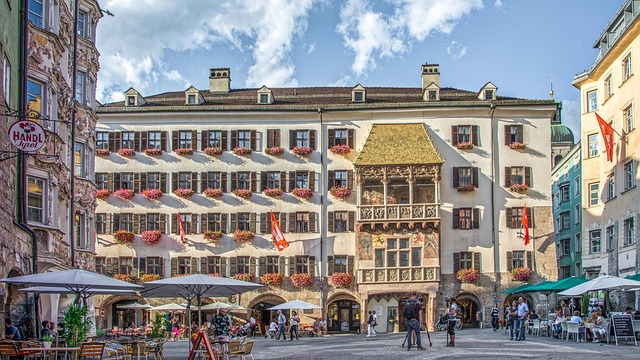
Modern roof aesthetics prioritizes visual appeal and durability, with materials like slate, metal, a…….
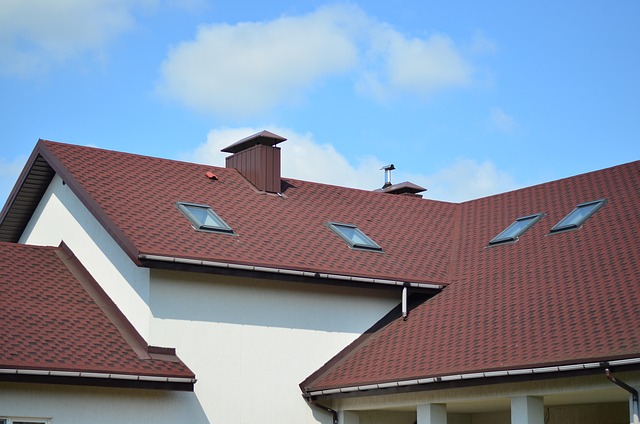
Hip roof designs, characterized by elegant curves and arches, have evolved from classic architecture…….
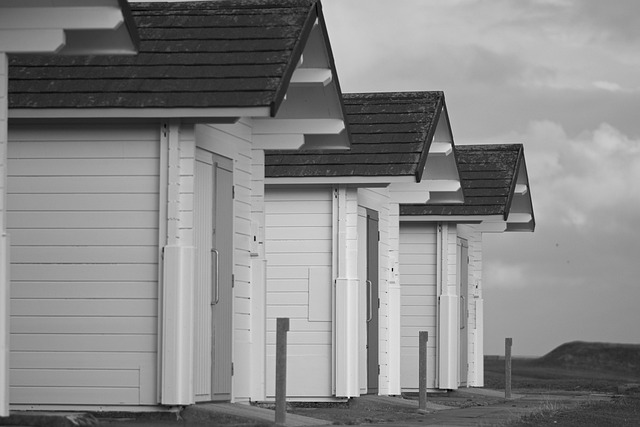
Hip roof designs are a popular choice for homeowners seeking both modern roof aesthetics and structu…….
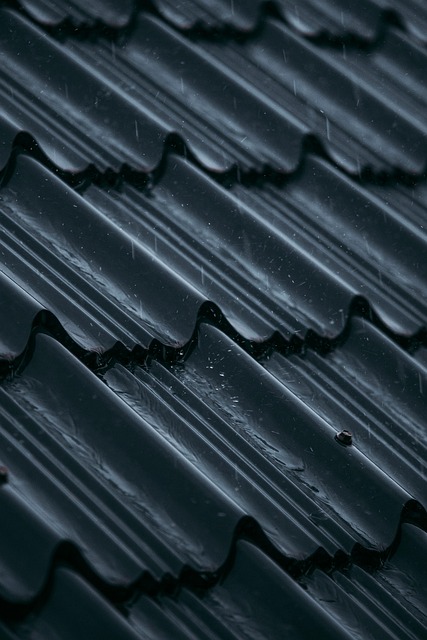
In interior design, the fusion of traditional and modern aesthetics creates captivating transitional…….
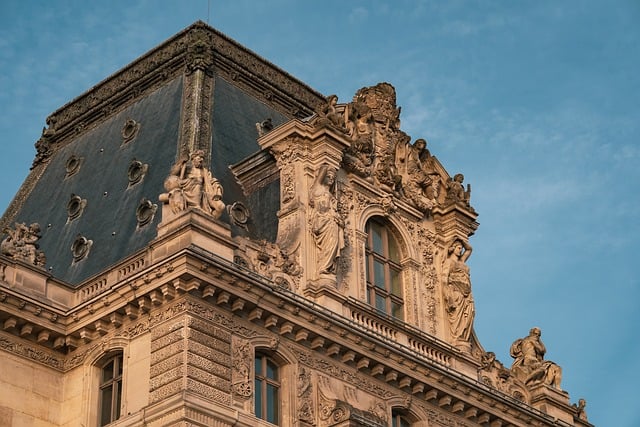
In contemporary home architecture, modern roof aesthetics have evolved from a defect to a celebrated…….

Mastering flat and pitched roof combinations is key to achieving visually captivating architectural…….
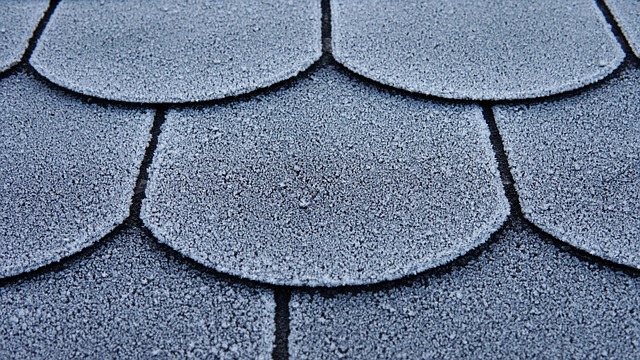
Green roofs, a harmonious fusion of architecture and nature, revolutionize urban landscapes by suppo…….